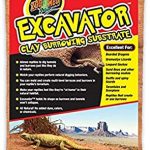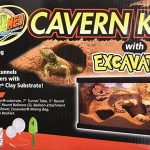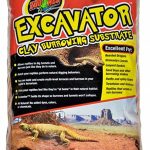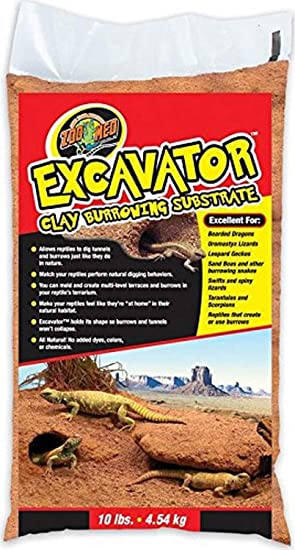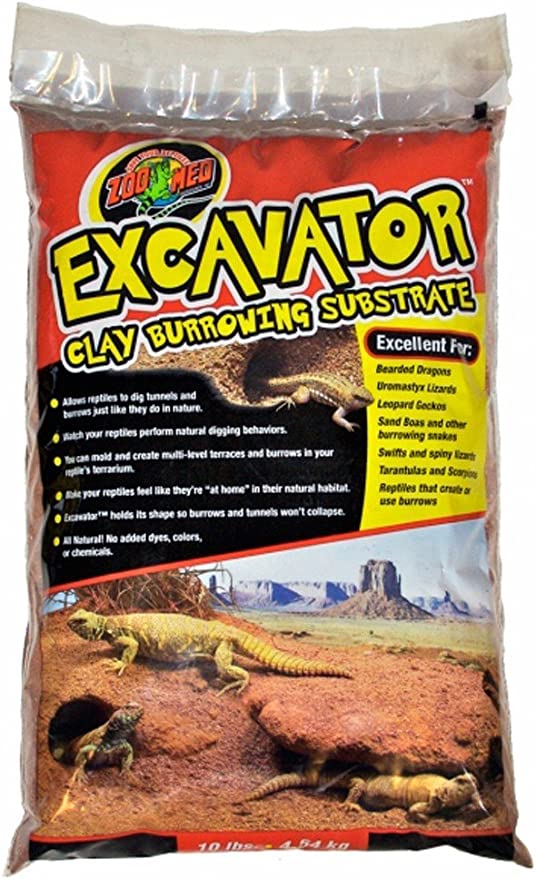Is excavator clay safe for leopard geckos?
The Leopard Gecko, one of the most popular pet reptiles in the United States, has a striking similarity to the leopard. With its spotted appearance, the Leopard Gecko is beautiful to look at, which is likely a large factor in its appeal. If you are interested in purchasing a Leopard Gecko, which substrates are risk-free for them to live on?
The Leopard Gecko thrives in the optimum environment provided by excavator clay. In reality, it closely resembles their native habitat and provides several benefits that will make the Leopard Gecko’s life much simpler.
The excavator clay must be hardened to simulate the Leopard Gecko’s natural environment because these reptiles are native to semi-arid regions and require the protection of caves to survive the scorching heat of the desert.
At a Glance:
What exactly is Excavator Clay?
Excavator clay provides natural habitat to reptiles especially leopard geckos. However, it does offer several benefits that make it an attractive substrate for a gecko to call home.
Excavator clay is one of the greatest substrates for Leopard Geckos since the geckos need to burrow and the clay is not too dense to harm the gecko’s toes while yet maintaining its shape as the gecko digs.
Although excavator clay is recognized to be a secure and organic substrate for geckos, you might wish to supplement it with something else, like coconut fibers for bedding. Excavator clay is pleasant enough to travel around on, but not ideal for Leopard Geckos.
Furthermore, it facilitates quick and simple cleanup. The excavator clay can be easily vacuumed off the surface, whereas the Leopard Gecko’s droppings would need the removal of huge chunks of fiber bedding.
The Leopard Gecko is allowed to burrow as much as it wants because the excavator clay maintains its shape quite well. It can construct its habitat on top and inside the excavator clay as it pleases. It’s a great way to keep the Leopard Gecko active and comfortable in its environment.
However, it does need to be misted sometimes to maintain its functionality; otherwise, it will appear more like dry, loose dirt. In addition to this, to shed their skin, leopard geckos require a moderate amount of dampness.
Our Recommendations…
Rank
Image
Features
Price
FAQ’s
How do you use polymer clay molds?
Place small bits of clay into the silicone mold until it is full. Make sure the polymer clay is pressed down into the mold’s tiniest cracks and crevices. Add extra clay as necessary to fill the silicone mold before moving on to the next step.
When does excavator clay become hard?
Construct the cage and wait at least two or three days for the clay to set. If a lot of water is used, it takes over a week for the cage to dry completely.
What type of soil is ideal for leopard geckos?
It is suggested that you combine fifty percent organic topsoil, thirty percent play sand, and twenty percent clay. Make certain that the materials are pesticide and fertilizer-free. If you’re making your blend, stir it up, pour it into the tank, and wait a couple of weeks before introducing the gecko.
Are leopard geckos able to live on Eco Earth?
If you want to enhance the humidity levels in the cage, Eco Earth is an excellent substrate to utilize. This substrate is excellent at retaining water and moisture and will maintain a high degree of humidity for an extended duration.
What kind of substrate is ideal for leopard geckos?
To ensure the health and happiness of your leopard gecko, the following substrates are mostly suggested:
Reptile carpet is one of the most preferred substrates for leopard gecko terrariums because of its safety and aesthetic appeal. Some other options include paper towels, pre-packaged bedding, stones and slate, and newspapers.
How do you utilize clay molds?
Roll out some clay, place it on top, and press it down to the desired depth. If you don’t want your clay to stay in the mold form, you should line it with a mold release (such as talcum powder, cornstarch, water, or pantyhose). The next step is to allow it to dry completely and become as hard as leather.
To what extent do leopard geckos do well in potting soil?
Leopard geckos can indeed survive on the actual ground. The issue is the type of soil. Leopard Geckos shouldn’t be housed on sand, despite what the brochure at the local Petsmart says or what the employee there tells you.
What kind of substrate is best for keeping a leopard gecko?
Newspaper is an accessible, affordable, and secure medium for leopard geckos. It is commonly used for a variety of gecko species and is particularly useful for juveniles who produce a great deal of waste and have a greater risk of impaction.
What kind of substrate is safe for leopard geckos?
A substrate ought to be risk-free and unfavorable to bacterial growth and impaction. Stone tiles or bioactive substrates are the two finest options for leopard geckos. Bioactive substrates are ideal for keepers with a higher budget, more expertise, and a willingness to do their homework ahead of time.
